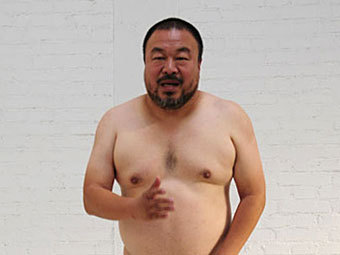
1957
Ai Weiwei
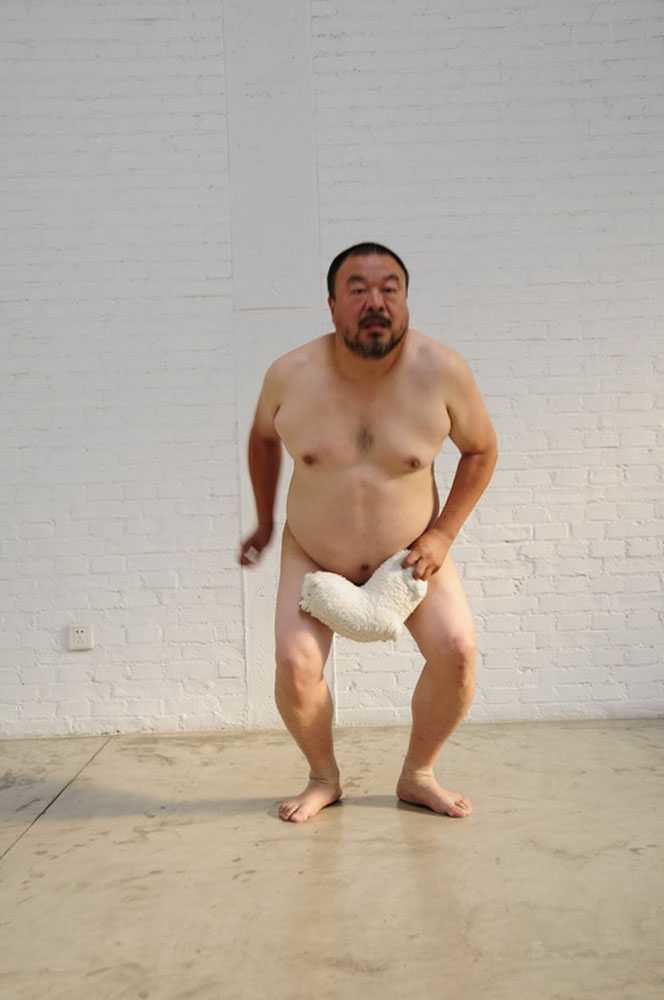
description
A Chinese dissident artist, sculptor, architect, installation master, social and political activist. Ai Weiwei is known throughout the world as one of the creators of the project of the Olympic stadium “Bird’s Nest” in Beijing and the author of bright, most often provocative compositions in which he draws attention to critical social problems.
Many of the artist’s works are criticized by the Chinese communist regime, for which he was repeatedly persecuted by the government. In 2011, Ai Weiwei was arrested at a Beijing airport and searched; Internet resources related to his name were blocked, and he was banned from leaving China. These events caused a great resonance in the world of art. Many artists and art figures supported Weiwei and organized protests in major cities in Europe and America.
The works of the Chinese artist are art objects made of a wide variety of things, ranging from a huge chandelier to children’s backpacks and sunflower seeds. Each of his works carries a strong emotional and semantic load; it is designed to draw public attention to unresolved problems and injustice in the structure of society in his country. Weiwei’s actual social theme, courage and perseverance in the fight for justice together with his original artistic vision make him one of the most prominent figures in contemporary art.
Key ideas:
– Many of Ai Weiwei’s creations can be called provocative and shocking. One way to attract attention is the so-called “artistic vandalism”, when, during the performance, the artist broke several priceless vases of the Han dynasty or mutilated them with Coca-Cola inscriptions, expressing his disagreement with the attitude of the government towards the cultural heritage of the country.
– Most of the artist’s works are related to China. In them, Weiwei often uses elements of traditional Chinese culture, interpreting them in accordance with his idea. Sculptures, installations and architectural creations reveal social injustice, oppression of ordinary people who do not have the right to vote in their country.
– The conceptual artist makes the viewer look at ordinary objects from an unexpected angle. Old bicycles, chairs, children’s backpacks, which he uses for his projects, are not works of art but in a certain context make you think about important things. With the help of unusual visual means, it is easier for the artist to arouse the interest of the viewer and focus on those problems that he would like to solve.
– Ai Weiwei’s creative approach is based on the direct participation of the audience in the process of creating and understanding a work of art. Despite all the prohibitions, the artist constantly posts his creative plans on the Internet, shares his ideas and draws people’s attention to certain events. Many of his installations imply the ability to go inside the composition, becoming part of it for the time being. One of the largest projects was the “Fairytale” performance, which was attended by 1,001 readers of Weiwei’s blog, for whom he paid for moving from China to Germany to participate in the exhibition.
1957
1978
1981
1993
2003
2007
2008
2011
2015
Was born into a creative family in Beijing
He entered the Beijing Film Academy
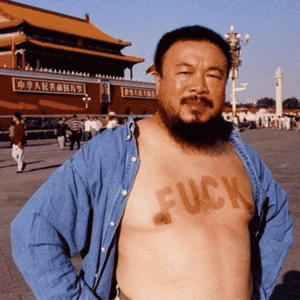
He moved to the United States
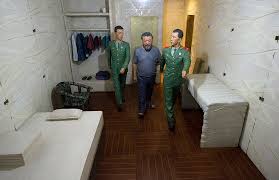
He returned to China
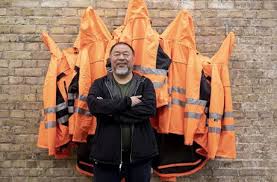
«Fuck Off»
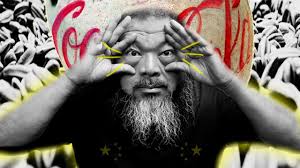
Organized the project "Tales"
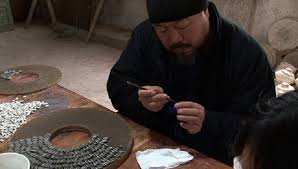
Initiated a civil investigation of the deaths of children...
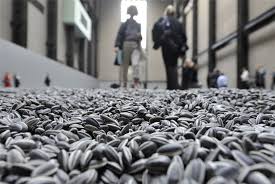
Ai Weiwei was arrested at Beijing
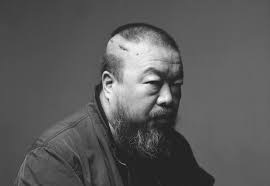
He lives in Berlin
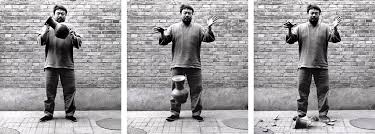
description
Ai Weiwei prepared this interesting large-scale performance-project for the world-wide exhibition-festival “Documenta”, which takes place every five years in the German city of Kassel. He invited 1001 Chinese readers of his blog to this exhibition, paying them for travel, accommodation and other facilities. For ordinary Chinese people, such a trip turned out to be a real fairy tale, since they could not even dream of the opportunity to visit Europe. In addition to inviting people, the artist also acquired 1001 chairs of the Qin Dynasty - the artist placed pieces of furniture throughout the territory allocated for the exhibition.
2007
